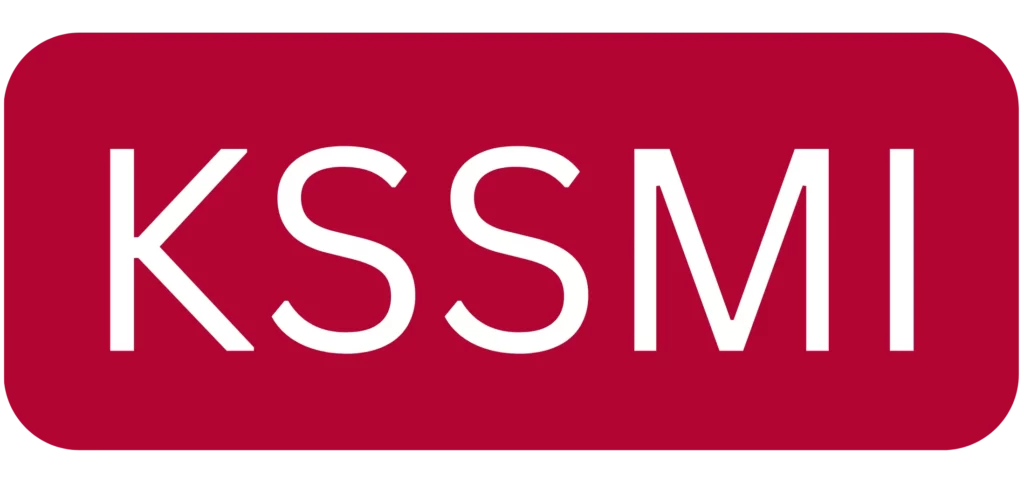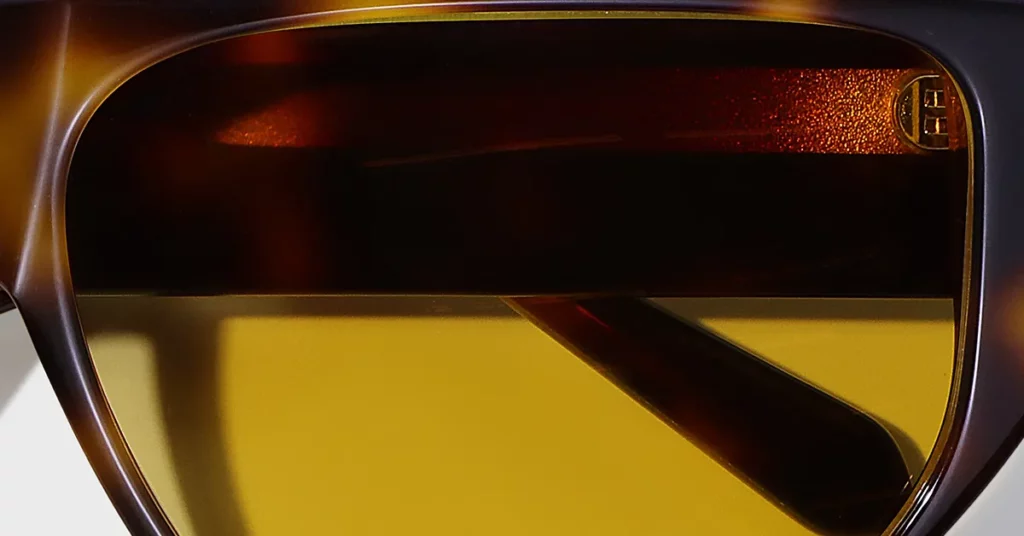Launching an eyewear brand is an exciting venture, but the path from a great design to a finished product is filled with hidden pitfalls. Many new founders focus on a simple checklist—find a supplier, get a quote, make a product—without realizing that this tactical approach is the biggest risk of all. This guide goes beyond simple tips to give you the strategic framework you need to not only avoid costly errors but to build a resilient, profitable, and respected brand.
The most common sourcing mistakes new eyewear brands make involve focusing on unit price over total cost, misunderstanding MOQs, using weak IP agreements, rushing prototyping, having vague QC processes, relying on a single supplier, and using informal communication for critical decisions. Overcoming these requires a strategic framework focused on financial prudence, brand protection, and operational resilience.
Before the Mistakes: A Strategic Model for New Brands (The Sourcing Prudence Framework)
Moving Beyond a Simple Checklist to a Strategic Mindset
New brand founders often approach manufacturing with a tactical checklist, a focus that overlooks the strategic foundation required for long-term success. The core problem is focusing on discrete transactions rather than building a resilient manufacturing partnership, a critical error in a global eyewear market projected to reach USD 335.90 billion by 2030. This task-based approach leaves you vulnerable to fatal mistakes.
To shift from a reactive, fear-based approach to a proactive, strategy-driven one, we developed the Kssmi Sourcing Prudence Framework. It reframes common mistakes not as isolated errors but as failures within one of three core business pillars. By evaluating every decision through this lens, you can build a more sustainable and defensible eyewear brand.
Simple Analogy: Think of building your brand like building a house. A simple checklist tells you to buy bricks, windows, and doors. A strategic framework is the architectural blueprint that shows you how to put them together to withstand a storm. The Sourcing Prudence Framework is that blueprint for your business.
This framework is built on three pillars. Financial Prudence protects your capital by ensuring every dollar invested in production generates a positive return. Brand Equity Protection safeguards your reputation through superior product quality and design integrity. Finally, Operational Resilience protects your business by building a reliable and disruption-proof supply chain.
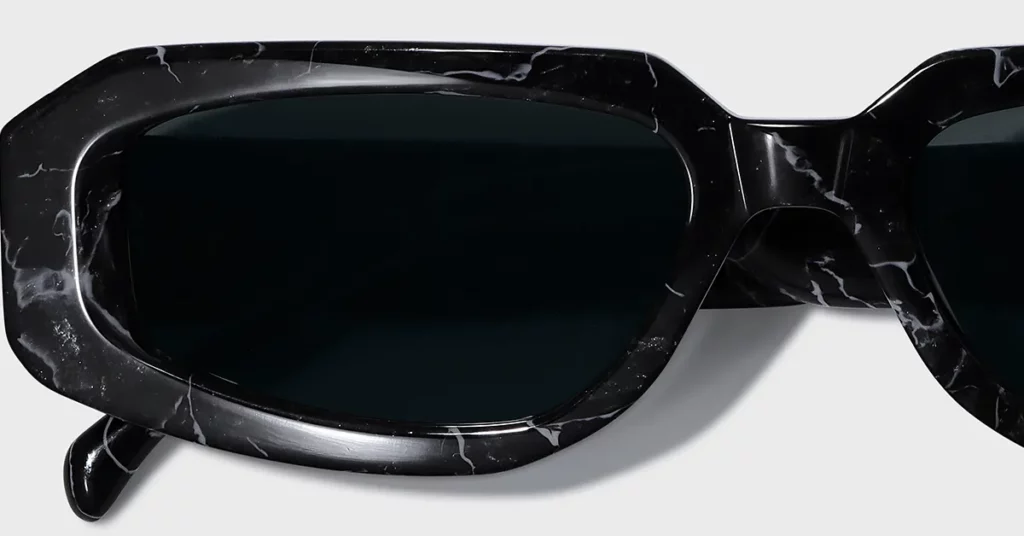
Pillar 1: Financial Prudence – Mistakes That Wreck Your Budget
Mistake #1: Focusing on Unit Price Instead of Total Cost of Ownership (TCO)
In my two decades in this industry, the most common trap I’ve seen is the lure of a low per-unit price. A young brand once chose a $4.50/unit quote over a $7.00/unit one, believing they’d saved $2,500 on a 1,000-unit order. They were hit with a surprise $1,500 tooling charge, found 15% of the frames were defective, and had to pay $2,000 in air freight to meet their launch date. Their “deal” cost them more per usable unit than the higher, honest quote.
The consequences of this mistake are severe, creating blind spots that lead to surprise invoices for tooling (which can range from $3,000 to over $50,000), high rework costs, and logistics premiums. Remember to factor in customs and duties; for instance, plastic frames from China can face a combined U.S. tariff of approximately 64%. These hidden costs can destroy your profit margins and strain cash flow.
Definition: Total Cost of Ownership (TCO) is a financial calculation that includes the purchase price of a product plus all direct and indirect costs required to get it into your customer’s hands.
Best Practice: To calculate your true TCO, you must audit all expenses. Your checklist should include demanding line-item quotes, using a TCO spreadsheet to compare suppliers, and clarifying in writing that you own 100% of the molds and tooling you pay for. Also, be sure to ask potential partners about their average defect rates and model both sea and air freight costs to understand the impact of potential delays.
Mistake #2: Ignoring the Hidden Risks of an “Attractive” Low MOQ
A low Minimum Order Quantity (MOQ) seems like a win for a startup, but it can be a major red flag. One brand was thrilled to find a supplier with a 150-unit MOQ, far below the industry standard of 300-500. When their sales exploded and they needed to order 1,000 units, the supplier couldn’t handle it. The “factory” was a small workshop that outsourced key processes, leading to inconsistent quality and missed deadlines.
Remember This: A factory’s MOQ is a direct signal of its scale, maturity, and business model. An unusually low number often indicates a lack of in-house capabilities, which leads to inconsistent quality as they rely on a network of unaccountable subcontractors. Your small order will also be a low priority for the factory, and while the total investment is lower, the per-unit cost is almost always higher, compressing your margins.
The strategic solution is to find the MOQ “sweet spot.” An MOQ of 300-500 units per color for premium acetate is a healthy indicator of a factory with established processes. You should vet a supplier’s production capacity by asking about their in-house capabilities and maximum monthly output. Instead of demanding a permanently low MOQ, propose a smaller initial “test order” of 150-200 units to validate their quality before committing to their standard volume.
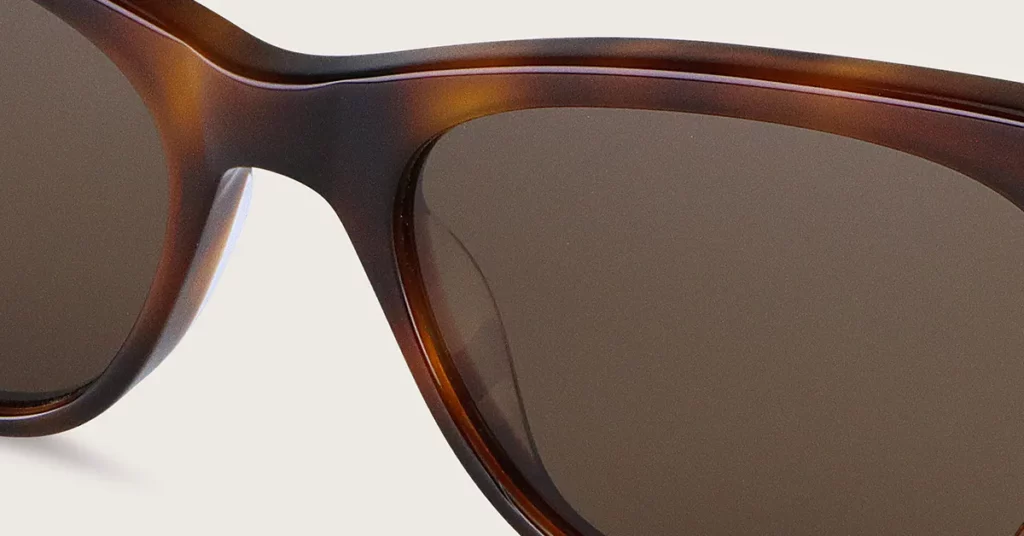
Pillar 2: Brand Equity Protection – Mistakes That Destroy Your Reputation
Mistake #3: Using a Weak or Generic IP Agreement (NDA vs. NNN)
An innovative brand once had a potential Chinese supplier sign their U.S.-style Non-Disclosure Agreement (NDA) before sharing a proprietary hinge design. Three months later, an identical hinge appeared on a competitor’s product. Their legal threats were ignored because a Western NDA is often functionally useless in China. It only prevents disclosure to third parties; it doesn’t stop the factory from using your design for their own benefit.
The consequences are catastrophic: the factory can become your direct competitor, sell your designs to other brands, and leave you with no legal recourse. Your unique market advantage is destroyed, and with it, your brand equity. Protecting your intellectual property is paramount to building a defensible brand.
Definition: An NNN agreement is a specialized legal contract for China covering Non-Disclosure, Non-Use, and Non-Circumvention. The “Non-Use” clause is the key protection missing from most NDAs, as it explicitly prevents the factory from using your IP for their own gain.
Best Practice: Your NNN agreement must be written in Chinese, be governed by Chinese law, and be executed with the supplier’s official company “chop” (a red ink stamp), which is the legally binding equivalent of a signature. Never send detailed CAD files or tech packs before a valid NNN is signed. Work with a legal expert to draft the agreement and ensure it includes a clause confirming you own all molds and tooling.
Mistake #4: Skipping or Rushing the Prototyping Stage
Most Importantly: Prototyping is not an optional expense; it is a mandatory insurance policy against a large-scale production failure. Rushing to approve production based on digital renders is a high-stakes gamble that can lead to a $50,000+ loss on an unsellable inventory run. Discovering that a frame is uncomfortable or that hinge alignments are off after 1,000 units have been produced is a catastrophic and entirely avoidable failure.
The strategic solution is a rigorous, multi-stage protocol that culminates in a final, approved “Golden Sample.” This process moves methodically from your technical drawings to a first physical sample, through revision rounds based on your feedback, and finally to the approved master sample that will serve as the benchmark for mass production.
Definition: A “Golden Sample” is the final, brand-approved pre-production sample that perfectly meets all design, material, and quality specifications. It serves as the definitive physical standard against which all mass-produced units are compared during QC inspections.
Pro Tip: Your prototyping checklist should include budgeting for at least two to three rounds of samples (typically $50 to $250 per sample) and creating a detailed evaluation sheet covering dimensions, weight, hinge smoothness, and comfort. Always test the physical sample on real people and never approve production based on photos or videos alone.
Mistake #5: Having a Vague or Incomplete Quality Control Process
A brand I worked with saw their quality plummet on their second order. Why? The factory dedicated its best resources to the first run to win their business, then shifted its A-team to a new client. This is a classic case of “quality fade.” Relying on a factory’s internal QC is a critical mistake because their goal is to ship units, while your goal is to protect your brand’s reputation.
A vague QC process leads directly to high defect rates, customer returns, and irreversible brand damage. Without a formal, documented inspection process, you have no objective data to support your claims in a dispute with a supplier, leaving you with little leverage to demand a rework or refund.
The solution is a multi-stage QC system. This includes inspections of raw materials before production starts, checks during production to catch systemic issues early, and a final Pre-Shipment Inspection (PSI). During the PSI, a third-party inspector uses a statistical sampling method (AQL) to check the finished batch against your detailed checklist.
Definition: Acceptable Quality Limits (AQL) is a statistical method that determines the maximum number of defective units acceptable in a batch. The industry standard for consumer goods is typically 0% for critical defects, 2.5% for major defects, and 4.0% for minor defects.
Best Practice: Make your detailed QC checklist part of your manufacturing agreement and hire a reputable third-party inspection service like QIMA or Intertek for an objective assessment. Most importantly, structure your payment terms so the final 70% payment is due only after the order has passed the pre-shipment inspection.
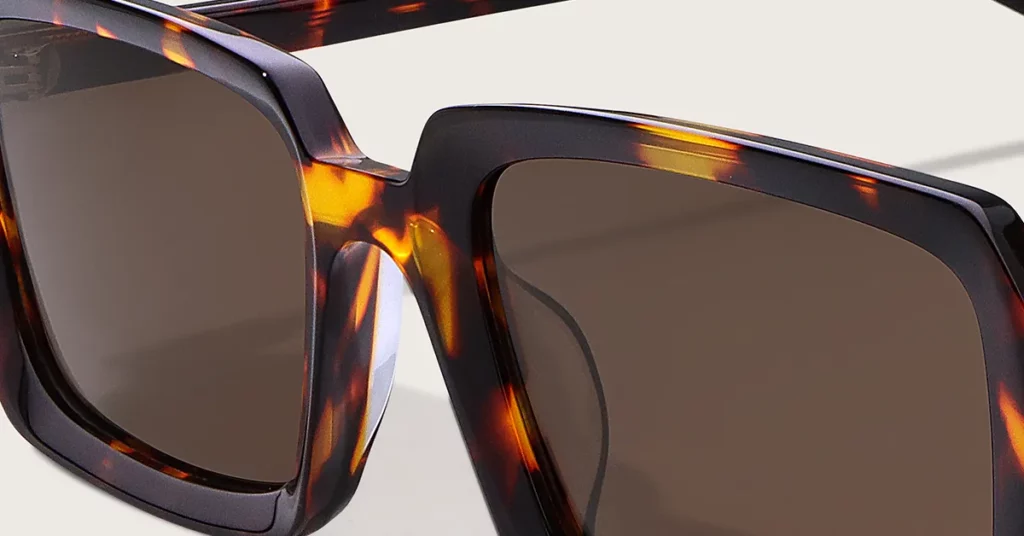
Pillar 3: Operational Resilience – Mistakes That Halt Your Business
Mistake #6: Relying on a Single Supplier or Geographic Region
A successful brand sourcing 100% of its products from one factory in Shenzhen, China, went dark for six months during the pandemic. Factory shutdowns and port congestion halted their entire operation, allowing competitors to gain market share. Single-source dependency is one of the biggest strategic risks your business can face. It creates multiple points of failure and gives your supplier all the negotiating leverage.
Changes in trade policy, shipping disruptions, or localized factory issues can completely stop your production when you have no backup. Building resilience requires redundancy and flexibility. The solution is to adopt a “Primary/Secondary” supplier model once your sales are consistent. An even more powerful strategy is geographic diversification, establishing manufacturing in two different regions to mitigate country-specific risks.
For Example: A common “China + 1” strategy uses China for its speed and scale while developing a partnership with a factory in a different region for unique strengths.
| Feature | China | Europe (Italy/Portugal) |
| Key Strength | Speed, Scale, Full Ecosystem | Craftsmanship, Heritage, Brand Value |
| Lead Times | Fast (30-60 days) | Slow (90-120+ days) |
| MOQs | Flexible, moderate | Higher, less flexible |
| Cost | Lower per-unit cost | Higher per-unit cost |
| Best For | Diverse collections, speed-to-market | Premium/luxury positioning, “Made in” story |
Pro Tip: Begin vetting a secondary supplier once you have predictable revenue—don’t wait for an emergency. You can also build resilience by maintaining a level of buffer stock in your local warehouse to continue selling during short-term disruptions.
Mistake #7: Using Informal Communication for Critical Decisions
A designer once approved a new acetate color by replying “Looks good 👍” to a factory rep in a chat app. The factory took this as official approval and produced 500 units. The color was slightly off, but because the approval happened in an informal chat, the brand had no recourse and lost thousands of dollars. Using transient channels for binding decisions creates ambiguity and eliminates a formal paper trail.
This common mistake leads to misunderstandings, production errors, and a lack of a “single source of truth” when resolving disputes. In a disagreement, a chat message holds little to no legal weight compared to a formal email. To avoid this, you must establish a clear communication protocol from the beginning of any supplier relationship.
Best Practice: Define which channels are used for which purposes.
- Informal Channels (e.g., WhatsApp, WeChat): Use for quick questions and sharing progress photos.
- Formal Channels (Email, Project Management Software): Use exclusively for all binding decisions, such as sample approvals, change orders, and purchase orders.
Institute a strict policy that any decision made verbally or in chat must be followed up with a formal summary email. This email becomes the official record. Use simple email templates for key approvals and always reference the Purchase Order (PO) number in the subject line for easy tracking.
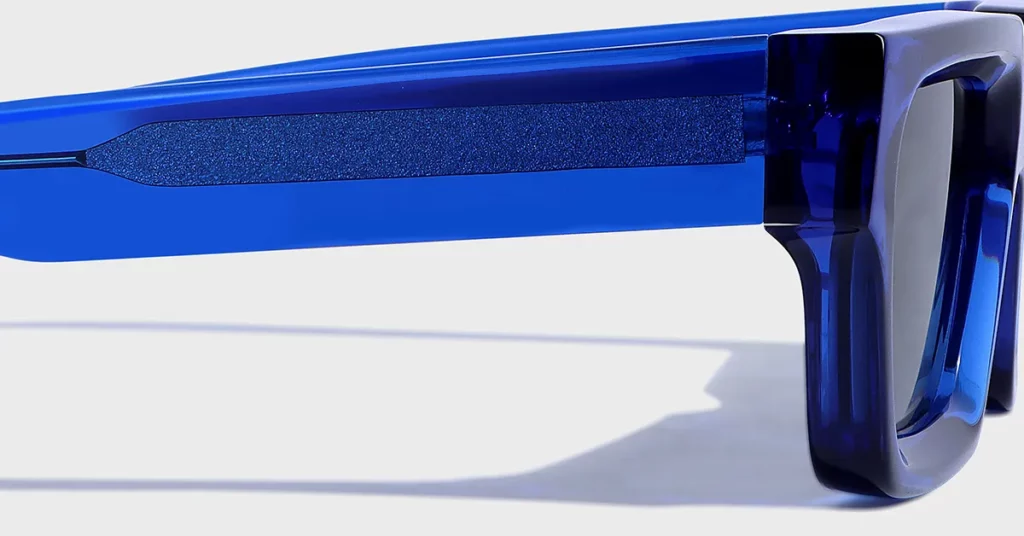
Conclusion
Building a successful eyewear brand requires moving beyond a simple checklist to a strategic foundation that minimizes risk. The Kssmi Sourcing Prudence Framework provides this foundation by focusing on Financial Prudence, Brand Equity Protection, and Operational Resilience. By internalizing these pillars, you shift from a reactive buyer to a proactive strategic partner, ready to build a powerful and respected brand. The next step is to translate this knowledge into your operational processes, starting with the checklists in this guide.
Frequently Asked Questions
1. What’s the biggest difference between sourcing in China vs. Europe?
The primary difference is a trade-off between speed and scale versus craftsmanship and heritage. China offers an unmatched, vertically integrated supply chain for speed and flexibility, while Europe (primarily Italy) is known for its artisanal quality and the brand value associated with a “Made in Italy” story.
2. How much should I budget for prototyping and samples?
You should plan for prototyping as a distinct line item in your budget. Expect to pay between $50 and $250 per sample and budget for at least two to three rounds of revisions. A reasonable total budget for the initial sampling phase, before tooling costs, would be in the range of $500 to $1,500.
3. What is the most important clause in a manufacturing agreement?
For a new brand, the two most critical clauses are Intellectual Property (IP) Rights and Quality Control Standards. The IP clause must clearly state that you own all rights to your designs and tooling. The QC clause should reference your AQL standards and link final payment to passing a pre-shipment inspection.
4. What is a reasonable defect rate for a first production run?
The industry uses a statistical standard called Acceptable Quality Limits (AQL) to define what is reasonable. For eyewear, a standard AQL is 0% for critical defects, 2.5% for major defects (e.g., a misaligned hinge), and 4.0% for minor cosmetic defects that a customer would not likely notice.
5. How do I find a reputable third-party inspection service?
Start with established global leaders like QIMA, Intertek, VICC, or SGS, which have a strong presence in your manufacturing region. Ensure the company has specific experience inspecting eyewear and ask to see a sample report to verify its detail and clarity.
